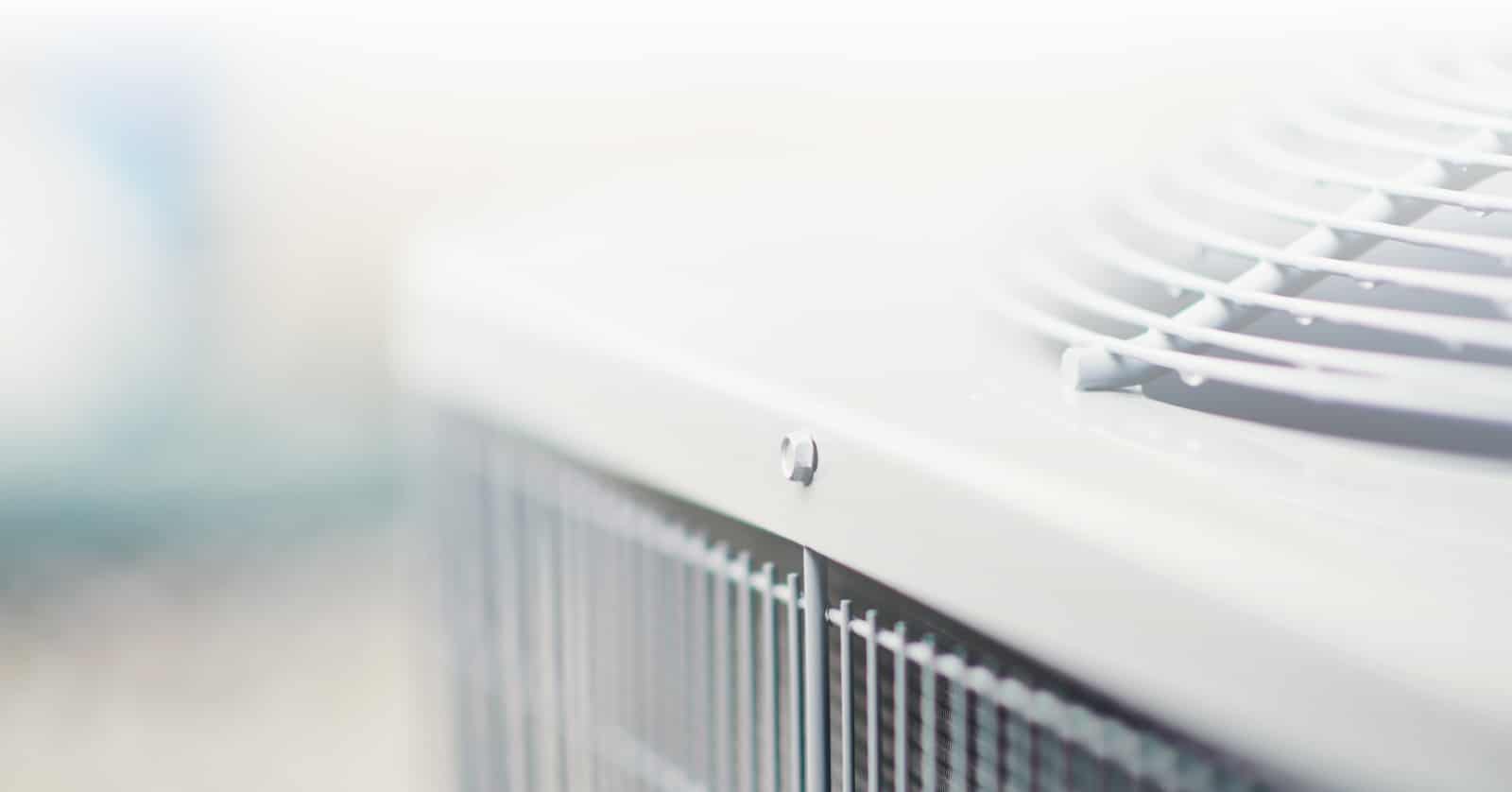The energy efficiency of your furnace is obviously one of the biggest factors in determining how much your yearly heating costs are. A furnace with a higher efficiency rating will always use less energy than the same size unit with a lower efficiency rating. Both units will still burn the same amount of gas when heating, but the higher-rated unit will utilize the heat it creates by burning the gas more efficiently. The higher the efficiency is, the more quickly the furnace will heat your home and the less time it will run. Furnace efficiency is measured in terms of AFUE, or Annual Fuel Utilization Efficiency, and here is everything you need to know about AFUE and what it means.
What Does AFUE Refer to?
AFUE refers to how much heat energy the furnace creates compared to how much energy it consumes, and it is always expressed as a percentage. All electric furnaces have an AFUE of 100%, which means that all of the electricity the unit uses is directly converted into heat energy. Gas furnaces usually have an AFUE of anywhere between 80 and 98.5%.
If a furnace has an AFUE of 80%, it means that for every 10 units of gas it burns, eight units of heat energy are created. In other words, 20% of the energy the unit consumes is lost due to heat escaping out of the exhaust flue. With a 98.5% AFUE, only 1.5% of the energy is lost, which is obviously a huge improvement.
The higher the AFUE is, the less energy is wasted and thus the lower your heating costs will be. Although higher AFUE furnaces do cost more, they will typically be cheaper over the life of the unit due to the reduced energy needs. You can use the AFUE to easily calculate your approximate energy savings for different rated units. Compared to a unit with an AFUE of 80%, a 90 AFUE unit will reduce your heating costs by around 10%. If you choose one of the highest-rated units, you could reduce your heating costs by nearly 20%.
In 1992, the U.S. Department of Energy mandated that all new furnaces must have an AFUE of at least 78%, and this is still the minimum required by law to date. The DOE has attempted several times to raise these minimum efficiency requirements to 90 or 92% AFUE for colder northern states, but the proposed changes have always been challenged in court and have yet to pass.
Conventional vs. High-Efficiency Furnaces
Conventional gas furnaces typically range from 80% to 89% AFUE. Anything from 90% AFUE and above is considered a high-efficiency furnace. All high-efficiency units are condensing furnaces, and these use a second heat exchanger to absorb more heat energy from the combustion gases before they exit the furnace through the exhaust flue. As of this writing, more than 40% of all gas furnaces in the U.S. are high-efficiency condensing models and have an AFUE of at least 92%.
To understand how condensing units achieve these higher energy-efficiency ratings, it is first necessary to know how the heat transfer process works in a gas furnace. Whenever a furnace is running, the gas flowing into the unit is combusted to produce heat. This process takes place inside the unit’s combustion chamber, which is separated from the ductwork by the heat exchanger.
The heat created by combusting the gas is absorbed by the heat exchanger. The blower fan works to draw cold air into the furnace, and this air is forced over the heat exchanger, and all of the heat energy flows out of the exchanger into the air. This process almost instantly heats the air to somewhere around 120 to 140 degrees Fahrenheit.
The heat exchanger can absorb only so much heat energy at one time, and the rest of the heat that it cannot absorb is lost through the flue. To overcome this issue, condensing furnaces utilize a secondary heat exchanger located in between the first exchanger and the flue. Any heat energy that isn’t captured by the first exchanger passes into the secondary heat exchanger where most of it is absorbed before the combustion fumes exit out through the flue.
Absorbing more of the heat energy from the combustion gases causes them to cool down much more before exiting out through the flue. Since most of the heat is absorbed from the combustion gases, they will cool down to the point where condensation begins to form. This is the reason that high-efficiency units are known as condensing furnaces.
As the gases cool, any water vapor in the air becomes cold enough to condense into liquid water inside the furnace. This water then travels out and away from the furnace through the condensate drain line, which usually leads to a nearby floor drain. The condensate drain line can sometimes become clogged and allow water to start leaking out of the unit. This is one of the many reasons why regular maintenance is even more important for high-efficiency condensing furnaces.
Two-Stage and Modulating Furnaces
Two-stage furnaces and modulating furnaces are special types of condensing units that can use even less energy. The AFUE of these units is still typically between 95% and 98.5%. However, these units can reduce how much gas they burn and thus how much heat is created at one time. Despite the higher cost of these more advanced furnaces, they are a great choice for milder climates where you don’t always need your furnace to run at full blast.
A two-stage furnace can run at either full power or low power. When running at the lower power, the gas valve is slightly closed to somewhere around 60% to 70% of the normal flow rate. The furnace will always start up at the lower setting and only ever change to full power on much colder days when more heat is required. A two-stage condensing furnace will always use the same amount of energy when running at full power as a single-stage unit with the same AFUE. However, the two-stage unit will use less energy overall since it doesn’t always have to run at full power.
Modulating furnaces are even more advanced and can adjust the gas flow at more than two settings. On most units, the gas flow can be adjusted anywhere from 40% to 100%, depending on how much heat is needed.
Modulating furnaces also use variable-speed blower fans that can speed up or slow down the rate at which air circulates into the furnace and through the ductwork. When less heat is required, the speed of the fan increases and the rate of the gas flow decreases. Compared to even the most efficient single-stage condensing furnace, a modulating furnace has the potential to reduce your overall heating costs by anywhere from 30% to 50% or more.
Oklahoma City’s Heating and Cooling Experts
If you need any type of heating or cooling service in the OKC area, you can count on the experts at All Tech Heat & Air to get the job done right. We install, repair and maintain all types of heating and cooling units, including conventional and condensing furnaces, air conditioners and geothermal HVAC systems. For more information or to schedule a service call, contact us today.




